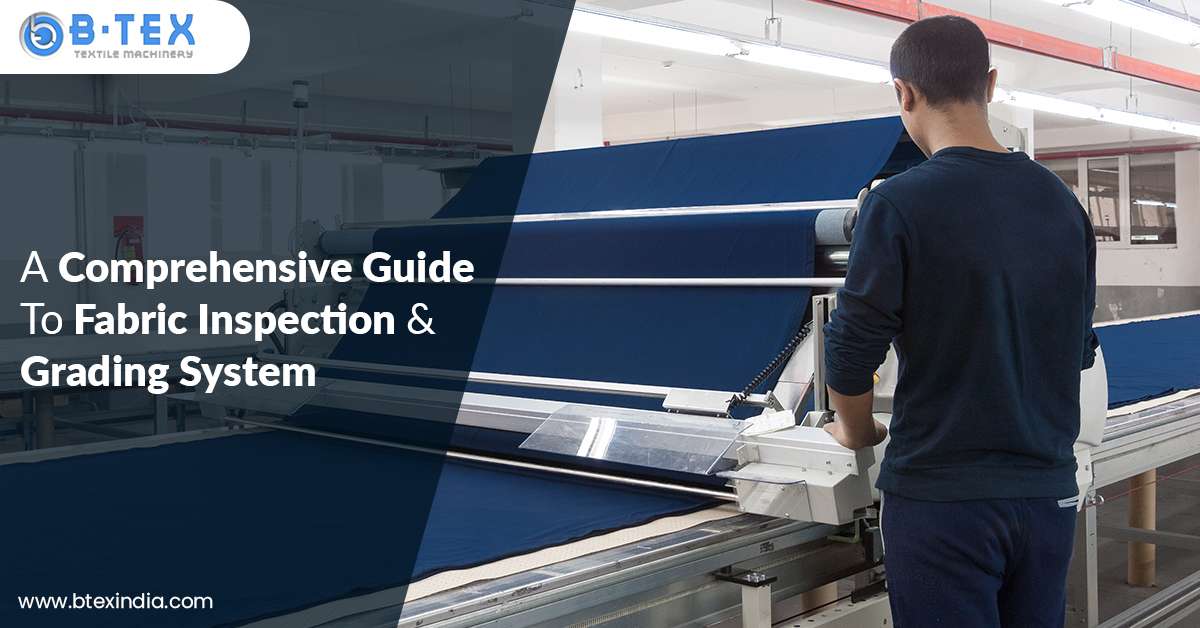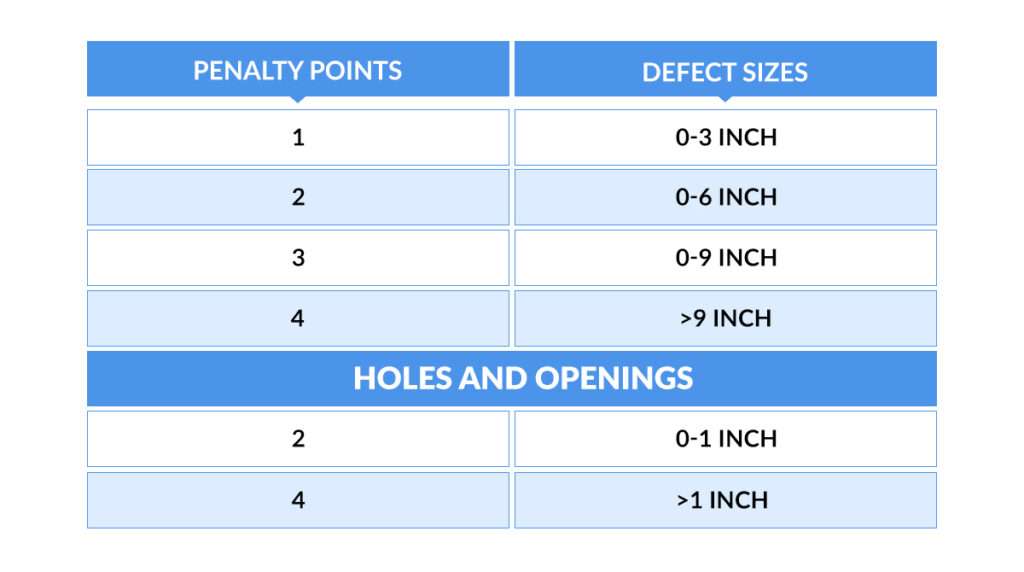Fabric is the most essential raw material in the textile and apparel industry. Thus, it needs to retain certain desirable qualities depending on its end-use. Any defect in the fabric can result in a poor quality of end garment or loss of time and resources. Therefore, fabric inspection and grading play a vital role in the textile and garment industry.
What Is Fabric Inspection And Grading?
Fabric inspection is examining the fabric to detect any defects that can potentially degrade the quality of final garments. If the defects are left unchecked and detected at any later stage, it can cause loss of time and resources. The fabric inspection and grading system is a method of carefully examining the fabric rolls and grading them accordingly. There are various methods of inspection and grading system that can help you deliver maximum first-grade quality fabrics. Let’s explore more about the purpose and process of inspection and grading for a better understanding.
Purpose of fabric inspection
The main purpose of fabric inspection is to prevent any rejection at later stages, leading to unexpected losses in manufacturing. It inspects the fabric construction, color, edge-to-edge shading, fabric feel, length/width, print defects, appearance to determine the defect rate. As a result, it minimizes rejections and enhances efficiency and timely deliveries.
Its purpose is to determine the quality and acceptability of fabrics. Generally, garment manufacturers rely on their fabric suppliers to deliver quality fabrics so that they can produce quality garments. If the quality is not checked properly at the initial stages, the end product will suffer.
Fabric inspection also lets you determine the width of the fabric rolls. Based on it, you can easily group the fabric rolls according to the various width sizes. Thus, you can ensure optimum utilization of fabric with a proper marker and lay division.
Process Of Fabric Inspection And Grading
Generally, most factories take a sample of rolls from the entire fabric lot to examine thoroughly. If the sample passes the test, the quality inspector checks the rest of the fabric visually while spreading it on the cutting table. At times, they also tend to inspect the fabric after the cutting process to ensure quality.
However, the ideal procedure for quality check is to inspect the fabric full fabric length before carrying out the cutting process. You inspect, map, and mark defects before spreading and cutting the fabrics because:
- It accelerates the spreading process as the spreader doesn’t need to inspect the fabric
- The cutter’s productivity increases due to advanced marking of defects
- It lets you conveniently cut out the patterns around the defects so that the final garments are free of any flaws
Also, instead of a manual check, using fabric inspection machines offer better defect visibility and reduces time and energy deployed. The most widely used fabric inspection systems in the textile industry are:
- 4-point system
- 10-point system
4-Point System
The 4-point system is a point grading system for determining fabric quality. Under this system, points are assigned to the fabric defects based on the length or width of the defects. The defects are based on the following criteria:
(Source: Medium)
The total defect points are calculated per 100 square yards of fabric. Then, based on each company’s predetermined acceptance criteria, the fabric rolls are graded. The formula to calculate total penalty points per 100 square yards of fabric is:
(Source: Indian Textile Journal)
Generally, first-grade fabric rolls are the ones with less than or equal to 40 penalty points per 100 square yards. Fabric rolls having more than that are considered second grade. The 4-point software is easy and convenient to teach, learn, and apply in practical use. Thus, it is one of the most widely used inspections and grading system in the textile and apparel industry.
10-Point System
The 10-point system is another grading system that helps to determine the quality of fabrics. Under this system, quality inspectors assign the penalty points to each defect based on the length of the defects. The criteria for assigning the points are as follows:
(Source: Medium)
Generally, if the total defect points do not exceed the total yardage of the fabric piece, it is considered first grade. Further, if the defect points exceed the total yardage of the fabric, it is regarded as second grade. The system is considered a bit complicated for practical use because per length is different for warp and weft defects.
B- Tex Inspection And Grading System
The B- Tex inspection and grading system (IGS) is a 4-point software designed to grade the fabric quality. It utilizes the Mapping Module, Optimization Module, and Auto-Cut Module to ensure minimum wastage and deliver the best quality fabric. This automated inspection system coupled with our Italian design inspection machines like the Nirvana Model works almost like a robot. The whole process, from detecting defects, mapping, and cutting to labeling and packaging, is automated and reduces labor deployment.
We, at B- Tex Textile Machinery, are a proficient inspection machine manufacturer, skilled at designing specialized hi-tech inspection machines. We aim at creating reliable and sustainable solutions for fabric inspection and make-up machinery to meet your requirements. Our inspection and grading software is capable of delivering maximum high-grade quality fabrics with minimum wastage and labor. For further information, contact us here!







